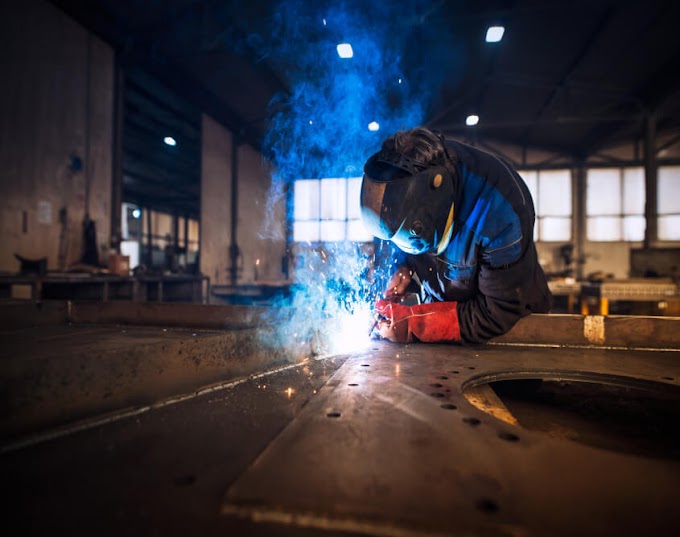Therefore, the Department of Health in Australia has outlined a complete guide for the aged care facilities, including its staff during the COVID-19 pandemic. As a student, even though you’ve just got the certificate iii in Individual Support in Adelaide and are yet to begin working in the aged care facility, learning the suggestions laid down by the Australian government is important.
When to ask your worker to not come to work?
Being an aged care facility is a responsibility as you’re providing crucial service to the Australian senior citizens. So, to keep them safe in your facilities, you should ask your workers to self-isolate themselves when they:
- Come to know that they’ve come in contact with the COVID positive person, provided they were wearing PPE (personal protective equipment).
- Have got fever higher than 37.5 degrees or any other symptoms like nasal congestion, runny nose or shortness of breath related to the virus.
- Have arrived back from overseas from any mode (airplane, ship, cruise, etc.) in the past 14 days.
- Have not got the 2020 flu vaccination (this is not mandatory in every state and territory).
Is the COVID test mandatory?
Along with the senior citizens living in the aged care facility, you should also do the COVID tests of each employee working there. Every worker is eligible if he or she develops a fever or has any other symptoms. The doctor treating the staff will confirm their health status, and if they get the green flag, then only they can continue to work.
It’s highly recommended to test the staff and its residents if there are two or more people who have COVID symptoms. In fact, in Victoria, testing for asymptomatic workers is also there to bring down the numbers of cases in aged care facilities.
When to wear PPE?
Wearing an appropriate PPE is not only safe for your workers but also for the residents living in the facility. Therefore, make sure your staff is wearing PPE (which includes mask, gown, protective eyewear and gloves) if they:
- Are exposed to body fluids or contaminated areas
- Are taking care of a resident who is COVID positive or is suspected to be.
Besides this, you should ensure that they remove PPE before leaving the COVID patient’s room. Afterwards, they should sanitise their hands.
Visitors’ restrictions and screening:
Every aged care facility should make proper arrangements for screening the people who are taking entry inside the property. Remember, this also includes your workers. Furthermore, to reduce the risk of contamination, it’s important to restrict the visitor’s entry to reduce the risk of COVID-19 transmission. As well, protect the residents and workers.
According to the Health Department of Australia, an aged care facility should allow visitors in exceptional cases only. It includes:
- If a resident wishes or prefers to meet any of his or her family members and
- Visitors should include friends, family, health workers and staff.
Recruit more workers:
Aged care facilities should make a plan for the eruption of the outbreak within their facilities. Many providers already have begun hiring more staff so they don’t meet the shortage of workers. Also, you should provide extra training to your staff for controlling infection ahead of time.
Additionally, make a squad of staff who has got the Certificate iii in Individual Support from Adelaide or any other suburbs who are willing to work for COVID residents. Also, make sure from where they are coming from and keep a record of it to better control the situation.
Train and upskill the workers:
Though your staff has done various aged care courses from Adelaide or another suburb, you should take an opportunity to upskill and further train them for controlling the infection. Your workers should continue refreshing old skills as well as to adapt to any new changes laid down by the Australian government.
There are already several certificates and courses available like Certificate iii in Disability in Adelaide or nearby suburbs. Additionally, the Government Department of Health has also released several COVID-19 related training modules to prepare the aged care industry for best practices during such times. So, make sure you provide such training to your workers. Have a look on our another blog "Reasons Why You Should Work in Aged Care"
The key takeaway:
The pandemic has emitted light to those issues that were already severe in aged care facilities. It includes inadequate staffing and lack of training. Therefore, every aged care facility in Australia should focus on these areas more, including the ones mentioned above, to provide the best services to their residents. For that, you really need accountability and a solid plan to support the senior citizens of the country.









Social Profile